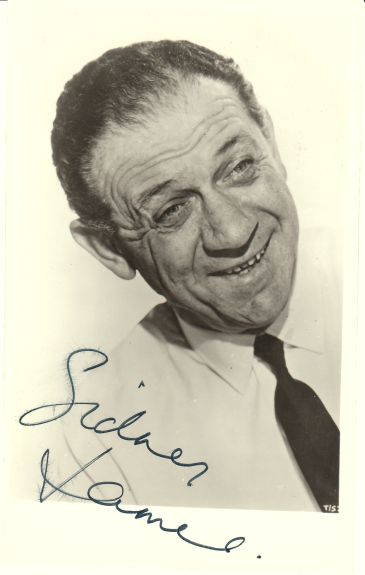







MONTHLY FILM BULLETIN
THE BRITISH FILM INSTITUTE
Volume 33, No.386, March 1966, pages 41-2
CARRY ON COWBOY (1965)
Stodge City is a quiet town run by the puritanical Judge Burke until the arrival of the Rumpo Kid, a desperado who takes up with the saloon proprietress, Belle, and kills the deaf and short-sighted Sheriff. With Rumpo in full control of the town, Burke contacts Washington for a U.S. Marshal to be sent to deal with the situation, but by mistake a certain Marshall P. Knutt, a sanitary engineer, is sent to do the job. Marshall's fellow-traveller on the stagecoach is Annie Oakley, a sharpshootress who is actually the Sheriff's daughter out to avenge the murder of her father. When Rumpo learns that a Marshal is on the way, he concludes a deal with Indian chief Big Heap, and his son Little Heap, for the stage to be attacked, but the plan misfires and Marshall arrives in Stodge City a hero, unaware that it was Annie who did all the shooting. When Annie learns that it was Rumpo who killed her father, she invites him to her bedroom where she has rigged up a lethal trap. Rumpo is delayed, and it is his luckless accomplice Charlie the Barman who is killed. It is only after he has suffered the indignity of riding out of town with his boys that Rumpo learns that Marshall is not a real Marshal. He sends a message that he will return for a high noon gun duel. None of the townsfolk will help, but Marshall determines to face Rumpo and his gang. Annie loves Marshall and wants to help, but is forced to reveal the truth about her shooting prowess. Marshall asks her to teach him to shoot in two hours, and faces Rumpo and co. by using the town's drainage system as cover. Rumpo's boys are felled one by one, but he himself is rescued by the loving Belle. But Marshall has restored peace to Stodge City and has found himself a sweetheart in Annie.
The introductory scenes make a neat enough send-up of traditional Western routines, situations and dialogue, with a cast largely made up of Carry On regulars. Subsequently there are some quite clever and amusing ideas, but an even heavier than usual reliance on outrageous puns and not particularly subtle double entendres. This, in fact, is the nearest-the-knuckle of the series, and some of the gags make the "A" certificate eminently reasonable.
The Monthly Film Bulletin was published by the British Film Institute between 1934 and 1991. Initially aimed at distributors and exhibitors as well as filmgoers, it carried reviews and details of all UK film releases. In 1991, the Bulletin was absorbed by Sight and Sound magazine

No comments:
Post a Comment